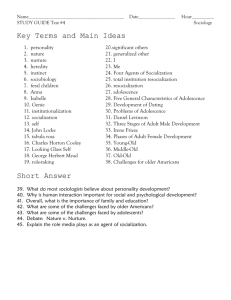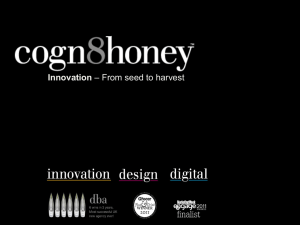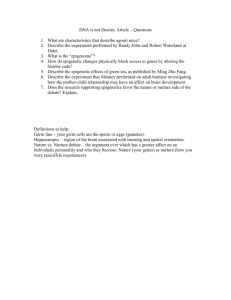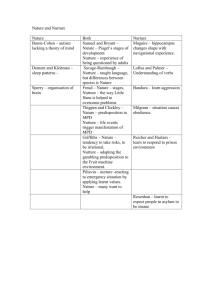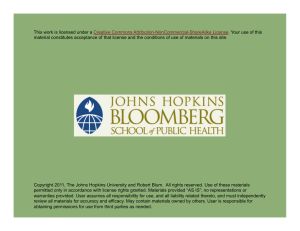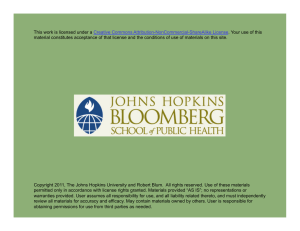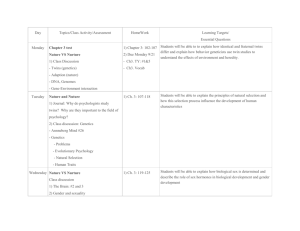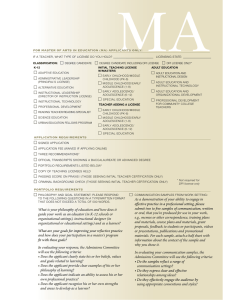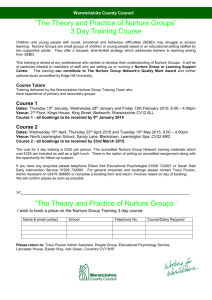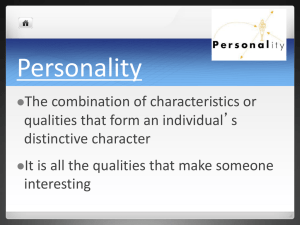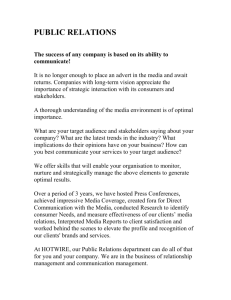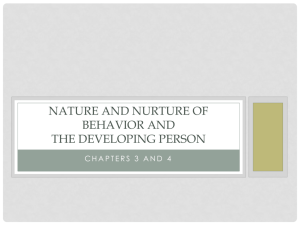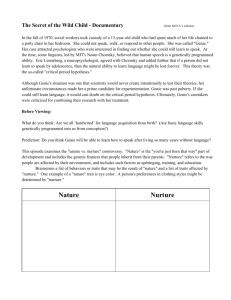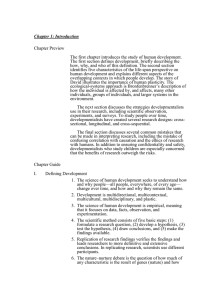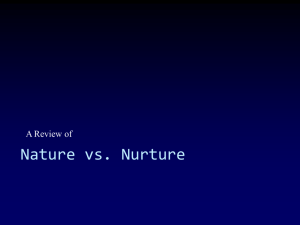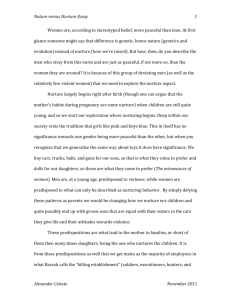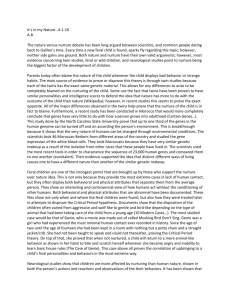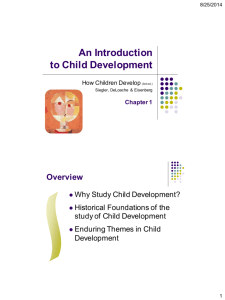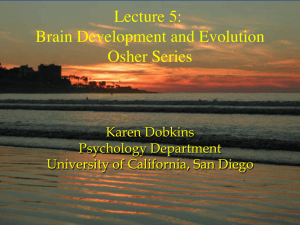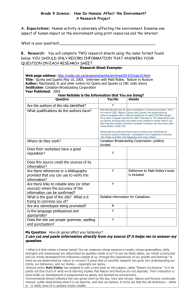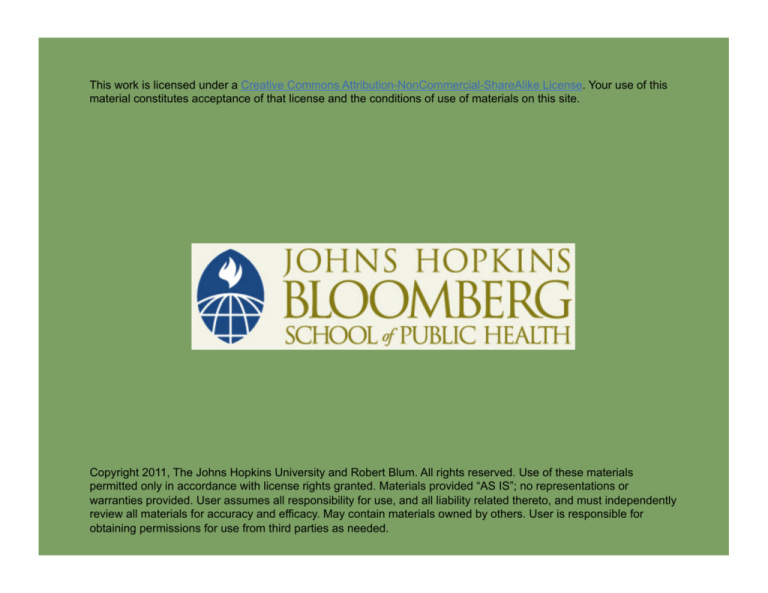
This work is licensed under a Creative Commons Attribution-NonCommercial-ShareAlike License. Your use of this
material constitutes acceptance of that license and the conditions of use of materials on this site.
Copyright 2011, The Johns Hopkins University and Robert Blum. All rights reserved. Use of these materials
permitted only in accordance with license rights granted. Materials provided “AS IS”; no representations or
warranties provided. User assumes all responsibility for use, and all liability related thereto, and must independently
review all materials for accuracy and efficacy. May contain materials owned by others. User is responsible for
obtaining permissions for use from third parties as needed.
Section B
What Is Development?
General Questions about Development
What is development?
Neonatal →
Infancy/Toddlerhood →
Early childhood →
Late childhood → Early adolescence →
Late adolescence
3
Development Defined
Development refers to stability and change in the biophysiological
characteristics of human beings over the life course and across
generations (Bronfenbrenner and Morris, 1998)
4
Domains of Development
Physical: changes in body size, proportions, appearance,
functioning of various body systems, brain development, perceptual
and motor capacities, and physical health
Cognitive: development of a wide variety of thought processes and
intellectual abilities, including language, attention, memory,
learning, academic skills, problem solving, imagination, and
creativity
Emotional and social: involves processes related to one’s
interaction with others, including emotional communication, selfunderstanding, ability to manage feelings, knowledge about others,
interpersonal skills, personality, friendships, intimate relationships,
and moral reasoning and behavior
5
What Is the Nature of Development?
6
Critical Issues in Theories of Development
Nature vs. nurture
Critical and sensitive periods
Universal vs. context specific
Individual differences
7
Nature and Nurture
Nature: inborn, biological endowments, heredity, genes
Nurture: environment, physical and social forces influence
development
Most theories view development as a complex interaction of the two
influences
8
Critical and Sensitive Periods
Critical period: time during which a specific biological or
environmental event must occur if development is to proceed (e.g.,
visual processing)
Sensitive period: time that is optimal for development of certain
behaviors or functions but not dependent on it
9
Universal vs. Context-Specific
Universal: children everywhere follow the same course of
development
Context-specific: children grow up in distinct contexts with unique
physical, social, cultural, economic, and historical circumstances
resulting in different courses of development
10
Contributions to Individual Differences
Genetic and epigenetic differences
Differences in children’s experiences (e.g., how parents treat
children)
Differing effects on children of similar experiences (e.g., loss,
relocation, etc.)
Children’s choice of environments
Source: Scarr et al.
11
Characteristics That Interact with the Environment
Personal characteristics that interact with the environment
- Dispositions (individual level)
a) Liabilities
b) Assets
- Developmental resources (environmental level)
a) Liabilities
b) Assets
- Demand characteristics: characteristics (sometimes referred to
as personality) that invite positive or negative responses
12

